TL;DR
The animal rights movement should focus more on telling stories of individual animals to increase empathy and effectiveness, as people respond more strongly to identifiable victims than to statistics.
Key points:
- The identifiable victim effect shows people are more likely to help specific individuals than anonymous groups, including for farmed animals.
- Current animal rights advocacy often lacks stories about individual animals, focusing instead on facilities, industries, and practices.
- Effective animal storytelling involves showing change over time and revealing details about the animal's personality.
- Language often depersonalizes animals, hiding their individual stories behind concepts like "deforestation" or "habitat loss."
- Strategies for individual-focused advocacy include personalizing outreach, using named animals in campaigns, and employing tools like hidden cameras to capture animals' experiences.
- While there are potential objections to this approach, the author argues the benefits outweigh the drawbacks and calls for making the movement more "story-full."
The Power of Personal Stories
The identifiable victim effect is a psychological phenomenon that describes how people are more likely to offer help or feel empathy when presented with a specific, identifiable individual in need, rather than a larger, anonymous group. When victims are given names, faces, or personal stories, it becomes easier for them to relate.
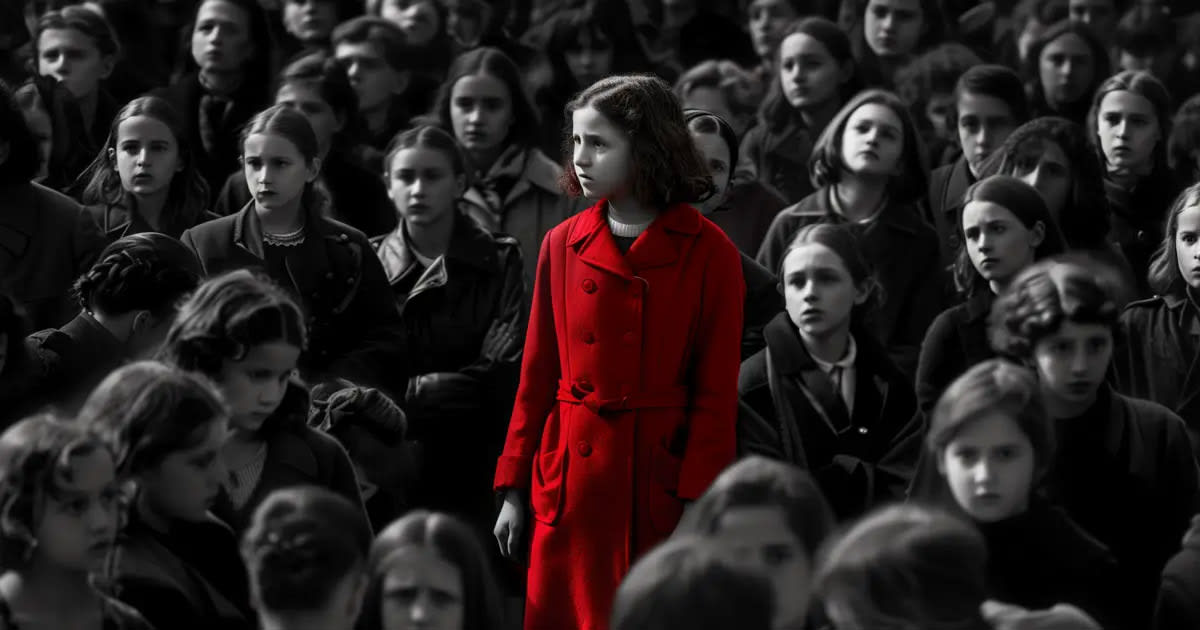
Studies have shown that this is also the case for farmed animals, and that this effect can be limited to a single-identifiable victim (i.e., the singularity effect, the phenomenon where people are more motivated to help a single victim than a group of victims, even when the group is small). Identifying a victim can be seen as a solution to scope insensitivity; people undervalue the scale of a problem when presented with statistics. That insight is the basis of storytelling—showing individuals turns numbers into faces, which forms the foundation of how the media tell stories and how the educational system approaches learning.
I personally became aware of this when I studied journalism about 15 years ago, when one of my teachers told me I can’t do a story on farmed animals because I don’t have anyone to interview. No individual, no story. As a journalist on Israeli TV and an animal rights advocate working with the media, I told stories about facilities, industries, and practices, not individuals. My unchecked assumption is that the most effective way to present a story is with faces and numbers, having a strong connection between the two, and explaining the big statistics through the eyes of one individual.
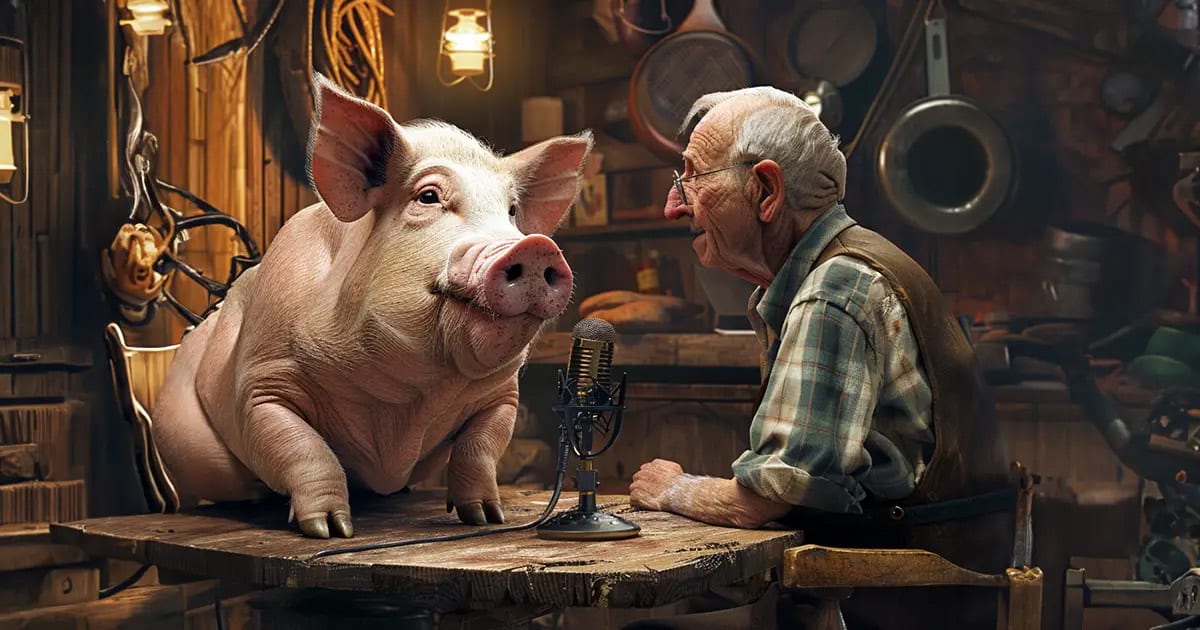
On an anecdotal level, when individual stories of animals are told, they seem to have a significant effect. My Octopus Teacher is an interesting example; the most amazing thing about it is that nothing dramatic happens in this movie—nothing that you wouldn’t expect, no twist. Just a guy coming back again and again to visit the same individual animal. The Dodo is based on telling stories about animals, usually those that were rescued, sometimes also farmed animals. Organizations such as DXE have been able to tell stories of farmed animals, such as that of Lily and Lizzie, the pigs they rescued. However, when I look at our movement as a whole, this individual focused strategy seems quite uncommon. Animal Think Tank’s messaging guide also includes the need to tell the stories of individuals (like Esther the Wonder Pig).
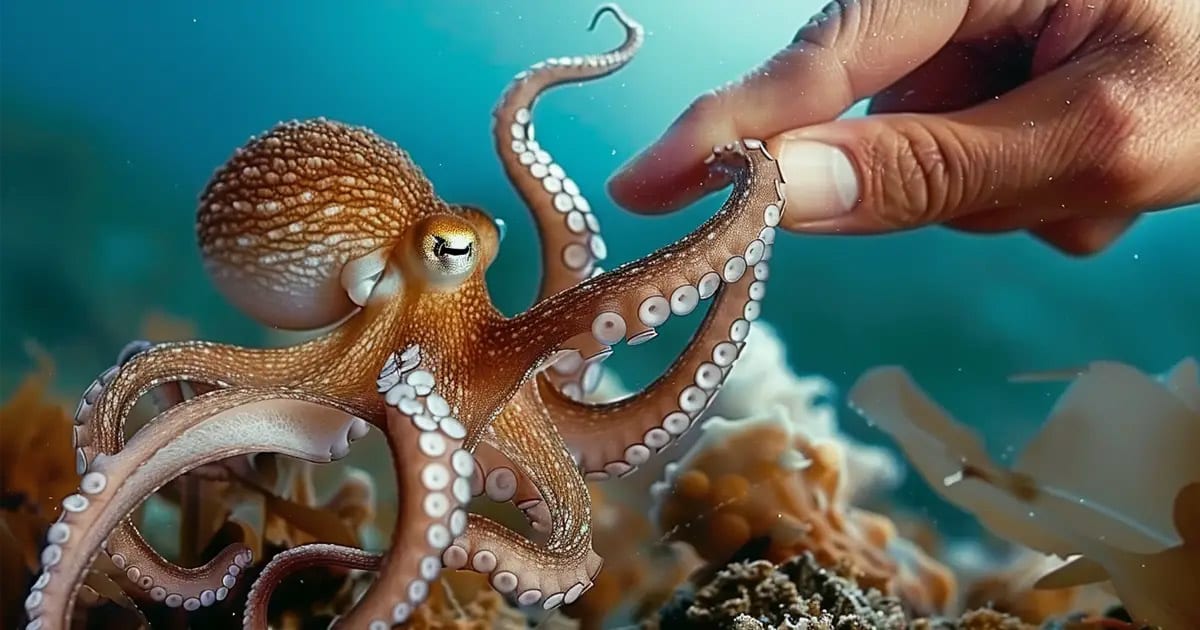
What is a Story?
A story involves change over time, highlighting the interactions between an individual and their environment. The more we can tell about this change, the better. If all we have is a picture, it is only a frozen moment; the viewer needs to fill the gap of what happened before and after. A picture is worth a thousand words, but a video is worth a thousand pictures because it shows the change of the individual and the environment through time. Furthermore, the more you can reveal about the animal's personality and the finer details you can describe, the more profound the story becomes.

Our movement lacks stories about individual animals. With the exception of sanctuaries, we are almost a story-less movement, lacking canonical stories that resonate in the collective memory, not of farmed animals and not of wild animals.
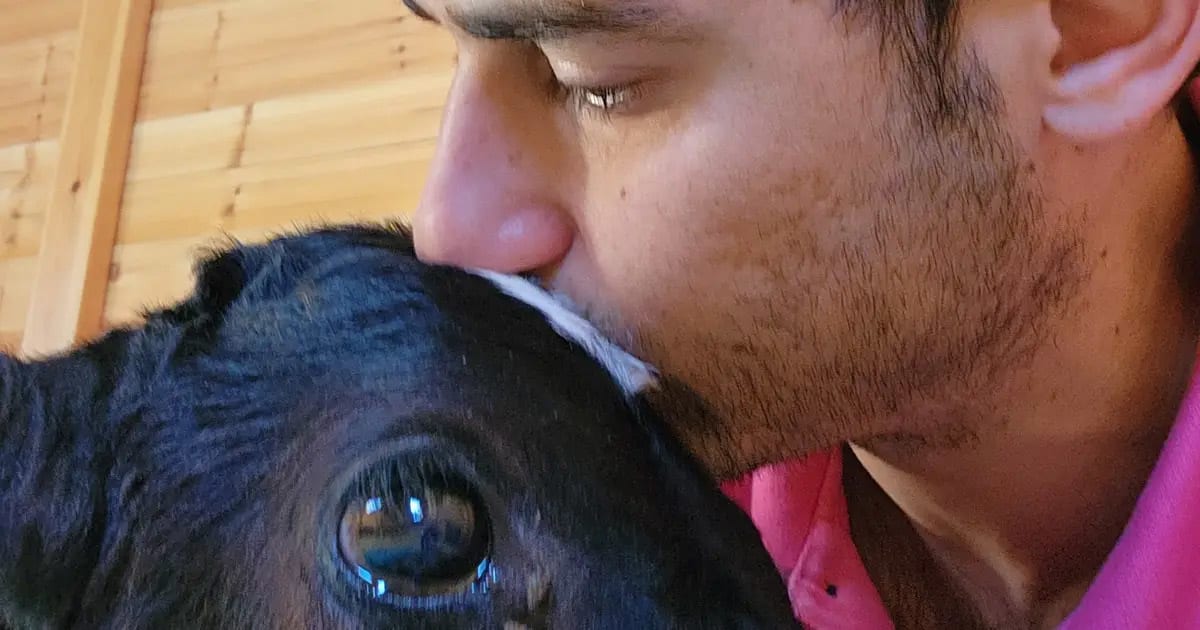
What is Animal Storytelling?
Animal storytelling is a narrative approach (or outreach technique) that addresses the harm done to animals by industries on a personal level. It revolves around sharing the story of a specific, named animal (a victim), as part of the global movement to recognize animal personhood.
At Sentient, we believe there can be three major focuses around animal storytelling: the animal's story, your story and how it relates to the animal, and the industry's story and how it relates to the animal and to you.
Language Hides the Animal’s Story
The depersonalization of individuals is evident not only in the lack of stories but also in the way we talk about animals in large numbers. This is quite apparent when thinking about environmental terminology, which often highlights the insentient (e.g., trees and rivers) and hides the sentient (e.g., monkeys and squirrels).
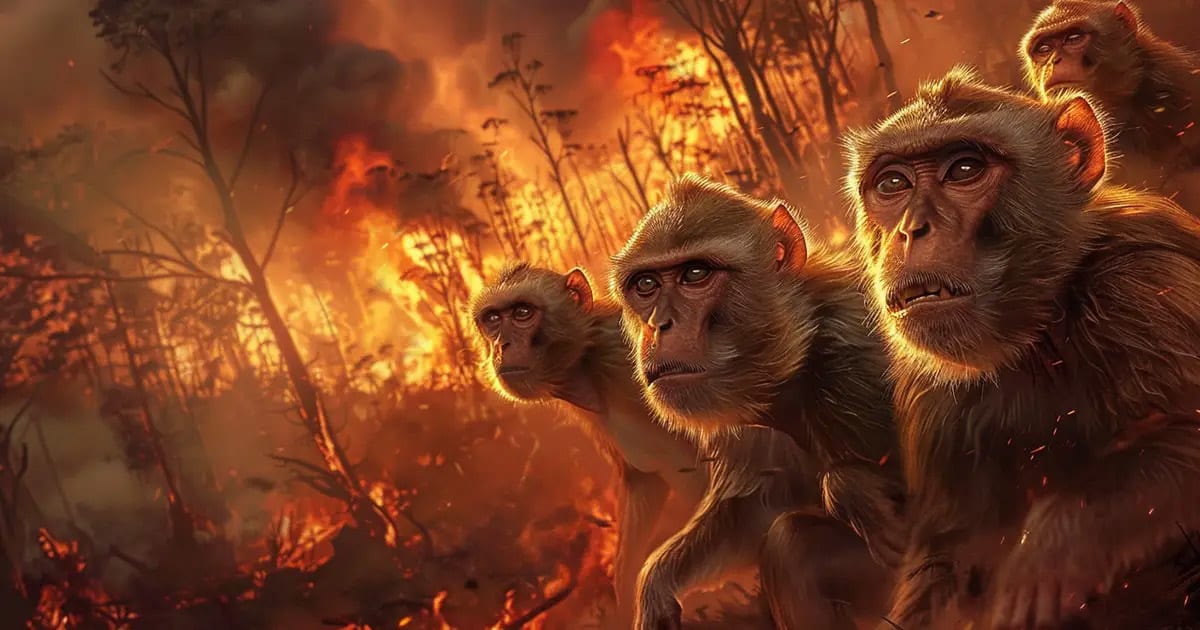
Even animal rights activists say things like "the meat industry is causing deforestation," but they almost never say "the meat industry is killing monkeys and squirrels." Who are the animals that had their homes burned to “free” space for cow grazing? What did they like? Who did they love? How were they like? When I lecture about wild animals, I often tell the audience—sometimes comprised of environmentalists—that there are trillions of wild animal victims who die due to our actions each year. But when I ask for the story of just one, a single victim among those countless billions, there’s often silence. Only once did someone have a story—a woman who knew a bird, shot by a hunter and later rescued. That bird, now living happily in a sanctuary, has a name.
The mass extermination of wild animals has no face, no story, hidden behind concepts like environmental destruction and climate crisis. More than 300 million monkeys lost their lives from deforestation in the 90s in a massive primate genocide. The term “wild animal genocide" focuses on the tragedy of the mass of individuals, highlighting them, unlike a term such as "habitat loss," which obscures them.
How Can We Tell Individual Stories?
If we want to focus more on telling stories of individuals, and I think we should, here are a few ideas:
- Individualize Your Outreach: Get to know a specific animal, preferably one you personally know, and focus your outreach around her. Let’s assume you visit a dairy farm repeatedly and meet a calf you call Kylie. Your job is to connect the micro and macro—the story of this particular animal with the explanation about the industry that harms her. This is what we call personal outreach. You need to understand how Kylie's story differs from generic knowledge about the dairy industry, looking for unique elements. Ideally, you should visit her several times. The personal story of Kylie serves to explain the milk industry. You can share that during your third visit, you were shocked to see that Kylie suddenly had two holes in her head. They did this to Kylie because the dairy industry applies caustic paste to the horn buds of calves to prevent their horns from growing, allowing for better control. Cutting off organs is a common practice throughout animal agriculture.
- Use Personal Outreach in Campaigns: Think in terms of “Milka wants to kill Kylie,” not “Milka is abusing animals” or “breaking the law.” This is a purely hypothetical example.
- Shed Light on the Animals: One possible way to do this is to teach a rescued farm animal to communicate with us using buttons, as they do with cats and dogs (for example, Billi Speaks).

The "Camera On Animal" Tool
Another way to approach animal storytelling is through undercover investigations. Sentient, the non-profit I manage, created a tool that enables advocates to bear witness to animals, usually during their last day alive, via the "Camera On Animal" tool—a small, camouflaged cellular camera affixed to the backs of animals, allowing for a more nuanced look at their experiences.
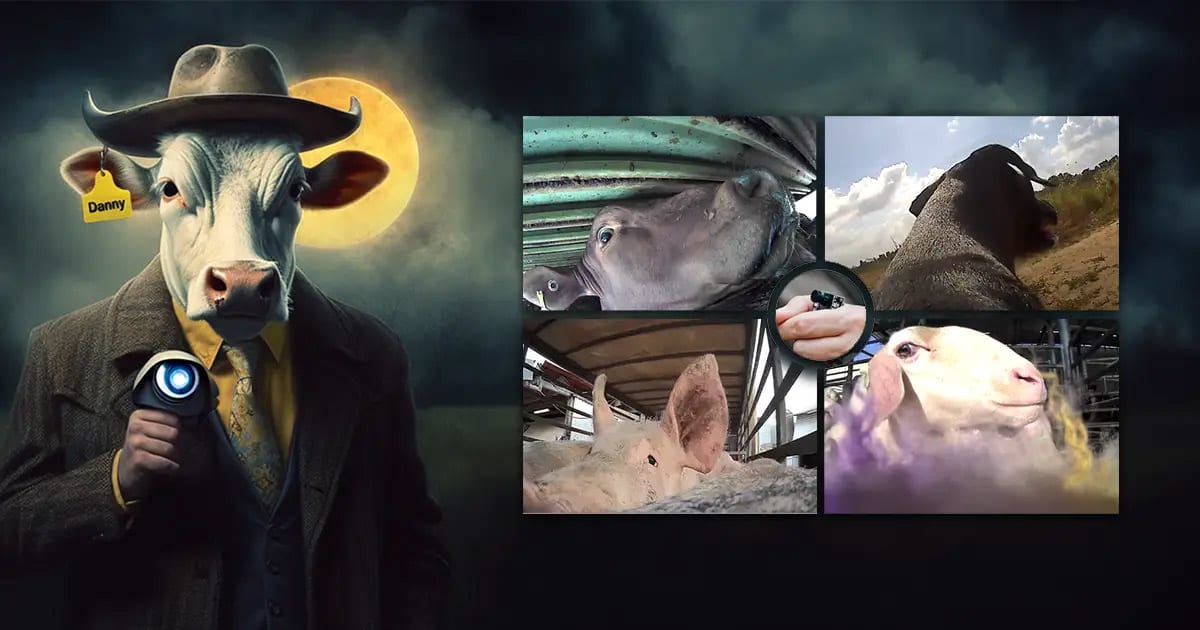
Here are a few points about this method:
- We see it as the “Right to Tell,” similar to the “right to rescue”.
- The footage is from the animals' point of view.
- Every animal that gets a camera receives a name.
- Every camera placed on an animal is like an interview with them; spending hours observing them allows us to get to know them better.
- The animals are the investigators, and we see the footage as belonging to the community, which we call Community Copyrights.
The Story of Tom
One of these stories is the story of Tom. Tom was calf number 4702. I followed him for seven hours with a tiny camera attached to his body. Unlike other animals, who often appear fearful with heads down, Tom is notably curious and self-assured; his head is always held high. He playfully swings his tail and brushes his back, occasionally obscuring the camera.
Tom arrived in Israel from Portugal a few months ago, as identified by his ear tag. Upon being forced off the truck and into the slaughterhouse, he encounters a calf that has broken his horn. He touches him with his head. Through live cameras placed on animals during their last day alive, we saw many animals—cows, sheep, and pigs—putting their heads on each other, perhaps finding comfort in doing so.
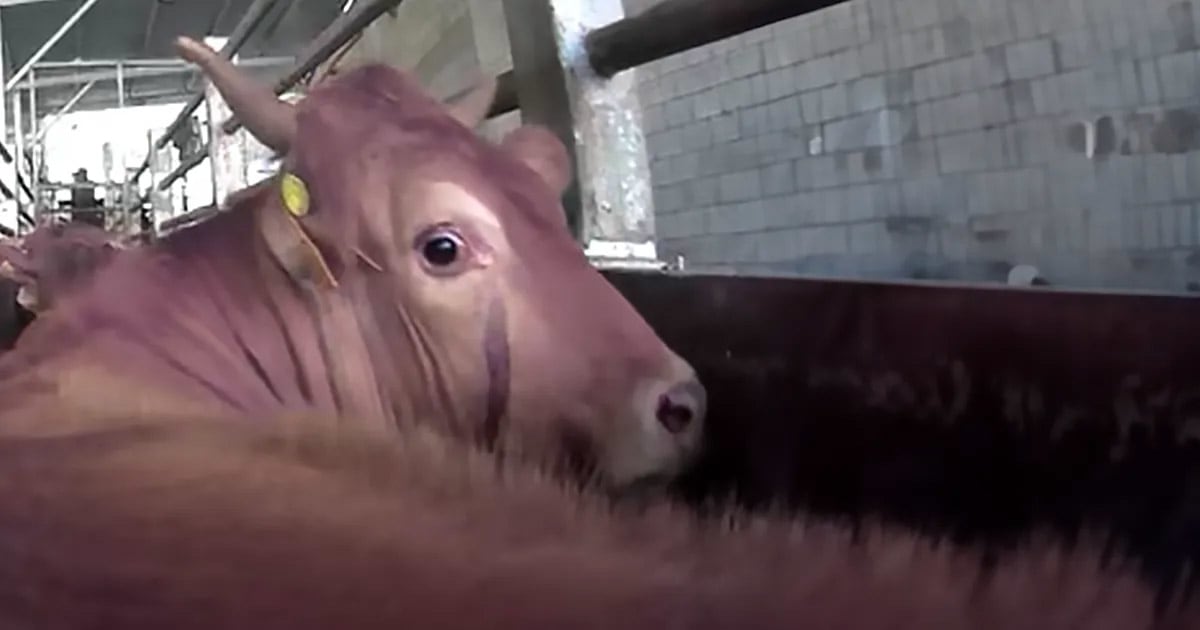
In the pens before slaughter, Tom is surrounded by the constant sound of screams, yet he remains completely silent. In the slaughter line, he constantly looks back, swallowing his saliva. He startles as a worker passes by him, doing nothing.
Moving forward, the calf in front of Tom panics, manages to turn around within the narrow path, and comes face to face with Tom. In a futile attempt to escape, the calf climbs on Tom, pressing Tom’s horn against his belly. Despite their struggle, escape is not possible. Both are slaughtered approximately 13 minutes later.
Possible Objections to Individual-Focused Advocacy
Some objections to this sentient-focused advocacy include:
- It might be viewed by some as anthropomorphism.
- In many cases, especially if we are not talking about an animal that was rescued to a sanctuary, there is little data to go on, making it hard to portray the animals personally from scarce data. Additionally, animals' personalities, like those of humans, don’t flourish under deep fear and stress, which is usually the case in factory farming.
- Focusing on the individual may make people miss the big picture.
While these objections are valid, the overall pros and cons lead me to believe that we as a movement should focus much more on telling individual stories of named animals.
Open Questions Regarding Animal Storytelling
Some open questions regarding the individual-focused strategy include:
- Do we have the right tools and knowledge to delve deeper into telling more personal stories?
- Should this be a priority among non-profits working on big campaigns to change conditions in factory farming—such as battery cages for hens or the treatment of pigs—or among those working to activate or veganize the public?
- What other ways and methods are there to tell personal stories of animals?
Conclusion
In conclusion, I believe the animal rights movement is currently a story-less movement, and we should strive to make it a story-full one. We should put the spotlight on individual animals. It is our hope that storytelling by activists across different parts of the world will create iconic, canonical stories of individual victims—whether from factory farming or wild animal genocide—that will gain widespread attention and help change the discourse about human-animal relationships.
Who are we? Sentient is an Israel-based international meta-nonprofit. We create, customize, and share tools, knowledge and concepts with activists worldwide, and create and publish content on social media, in the press, and through lectures. We are currently looking for a CEO.

Thank you for writing the post! I hope more people in EA will pay more attention on this strategy.
For instance, I think it will be even more important to make use of story telling to advocate for wild animal welfare.
I also want to point out that story telling can be (and should be, IMO) combined with science. For example, these comics by Joan Chan are pretty effective..
I personally agree. I'm a bit on repeat-mode on this, but outside of EA, it's actually very hard to have a productive rational conversation with someone who disagrees with us without relying on storytelling. People tend to reject arguments they view as coming from the opposite side. Stories establish positive rapport and empathy, which subsequently allows more rigorous conversations.
I may get back to you at some point for a collaboration!
Thank you for highlighting our research! Check out the post we wrote about it in this forum.
I believe these are several successful applications of the identifiable victim effect: Maxine's Dash for Freedom, Okja, Babe, and Axel, Calf 269.
Some pitfalls to avoid, in my opinion:
• Some people seem to care specifically for the identified victim, like calf 269, rather than realizing they represent other sentient beings with their own stories and backgrounds.
• The identifiable victim effect doesn't impact everyone equally: individual differences in analytic processing style affect how different request types influence donations. Less-analytic thinkers donate more to a single identified victim than statistical victims or a combination; more-analytic thinkers showed no differences. This seems to be the story of our (analytical) movement. I think the curse of knowledge prevents us from understanding how little others know about biases, like the identified victim effect. We assume everyone is as rational as us and don't fully grasp the potential of a story about a single individual with a name and face.
What makes a single individual identifiable?
It can range from simply referring to them as the victim to creating a full-length film, and I suspect the film would be more effective (...)
But we don't always approach it this way. We often use a description that could apply to any cow in the dairy industry, just changing the name: This is Sarah. She produces nearly 11,000 gallons of milk—more than 200,000 cups—during her lifetime. Her calf will be taken away from her within hours of birth.
For fish, it's even worse - we describe them as masses and focus on the ecological damage, overlooking the animals themselves.
How many words could you use to describe your pet's personality?
I can describe two of our rabbits:
Judie is promotion-driven. She's always looking for treats. She's intelligent and responds to her name. Her favorite snack is cranberries; while eating, she's always searching for the source of her treats, not just focusing on what's in front of her. She's friendly, seeks company, is peaceful, and gets along with others. She's self-confident and happy.
Gaya is more prevention-driven. She's shy and looks for hiding spots. She seeks tunnels and security and doesn't get along with others. Nevertheless, she was the first to learn to play with a ball and get treats. Ball games became her favorite activity after she successfully found treats during her first play. She's more reserved and trusts her closer circle of friends.
We should be able to provide that description level for any identified victim.
Executive summary: The animal rights movement should focus more on telling stories of individual animals to increase empathy and effectiveness, as people respond more strongly to identifiable victims than to statistics.
Key points:
This comment was auto-generated by the EA Forum Team. Feel free to point out issues with this summary by replying to the comment, and contact us if you have feedback.